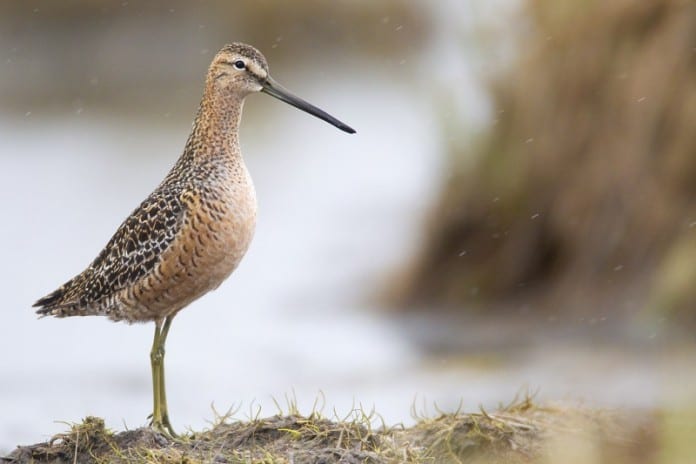
Migratory birds are appearing statewide in increasing numbers at this time of years, a sure sign of spring and a reminder to pet owners to keep dogs under control around sanctuaries and other places where the birds rest, feed or nest.
“The primary concern is that dogs are pretty good at finding nests and displacing incubating females, and disturbing spring migrants can negatively affect birds that are completing migration and preparing to breed,” said Jason Schamber, state waterfowl coordinator.
Because the nesting season in Alaska is compressed compared to breeding areas further south, if a hen loses a nest, she is unlikely to lay a second clutch of eggs and the year’s productivity would be lost.
Migratory birds and their nests are protected from harassment by state law and under the federal Migratory Bird Treaty Act.
Millions of migratory birds arrive in Alaska to breed each spring, including some four million ducks, two million geese, 25,000 Pacific sandhill cranes and 22,000 trumpeter swans. Migration in most regions normally peaks around early to mid-May with nesting occurring well into June.
For more information about migratory birds in Alaska, contact Schamber at 1-907-267-2206, Jason.schamber@alaska.gov, or Andrea Medeiros, of the U.S. Fish and Wildlife Service, at 1-907-786-3695, andrea_medeiros@fws.gov.














